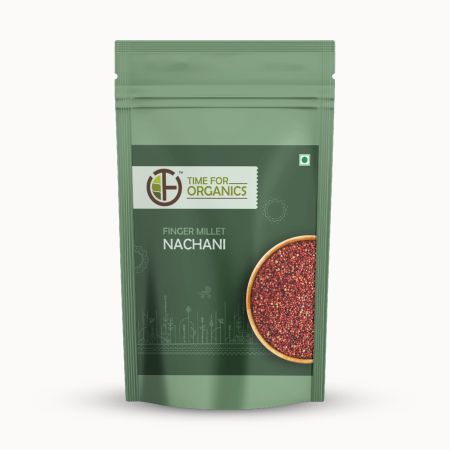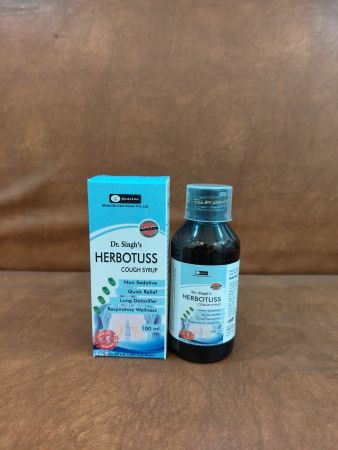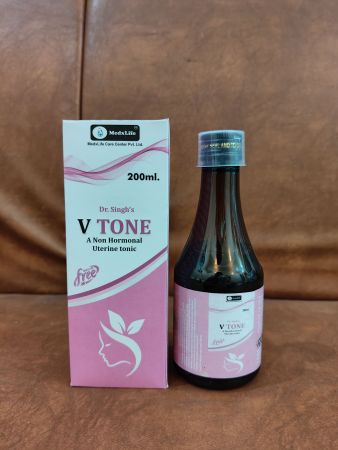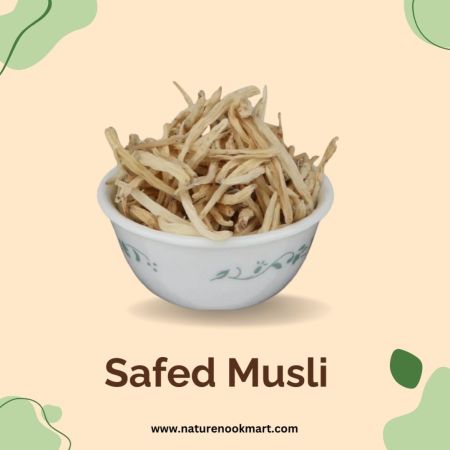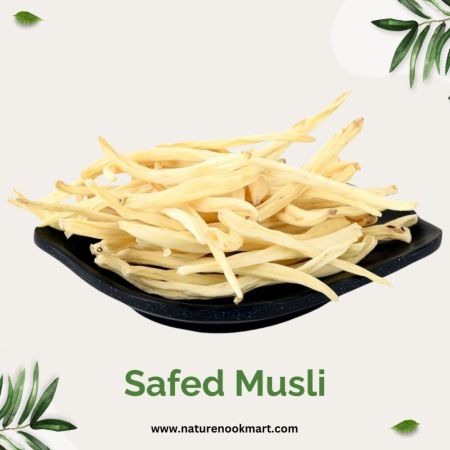|
St. John's Wort is a flowering plant known for its striking yellow flowers and long history of use in traditional herbal medicine. This herb has been highly regarded for its mood-enhancing properties, particularly for alleviating symptoms of mild to moderate depression and anxiety. Raw St. John’s Wort contains bioactive compounds, including hypericin and hyperforin, that contribute to its therapeutic effects.
Botanical Characteristics:
St. John’s Wort is a perennial herb that typically grows between 30–90 cm (1–3 feet) tall. It has opposite, lance-shaped leaves with small, translucent dots that are visible when held up to the light. The plant blooms in late spring to early summer, producing bright yellow flowers with five petals. The flowers have a distinctive appearance, often with dark red spots on the petals. St. John’s Wort is found in temperate regions across Europe, Asia, and North America, growing in fields, meadows, and along roadsides.
Health Benefits of Raw St. John’s Wort:
St. John’s Wort is most well-known for its mental health benefits, but it also offers a range of physical health advantages. Its active compounds, such as hypericin, hyperforin, and flavonoids, are responsible for many of its effects. Some of the key health benefits of raw St. John’s Wort include:
Mood Support and Depression Relief:
St. John’s Wort is most commonly used as a natural treatment for mild to moderate depression.
It works by increasing the levels of neurotransmitters such as serotonin, dopamine, and norepinephrine in the brain, which help regulate mood and emotional well-being.
Anxiety Reduction:
St. John’s Wort has anxiolytic (anti-anxiety) effects, helping to alleviate feelings of nervousness, restlessness, and anxiety.
It may help reduce symptoms of generalized anxiety disorder (GAD) and social anxiety.
Anti-inflammatory and Antioxidant Properties:
St. John’s Wort has anti-inflammatory effects, which can help reduce inflammation in the body.
The herb contains antioxidants that protect cells from oxidative stress and free radical damage, promoting overall health.
Wound Healing:
The herb has been traditionally used for its wound-healing properties, especially in the form of oils or extracts.
It is applied topically to help soothe minor cuts, burns, bruises, and skin irritations, speeding up the healing process.
Pain Relief:
St. John’s Wort has mild analgesic (pain-relieving) properties, which may be useful for treating conditions like nerve pain, muscle aches, or chronic pain.
It is also sometimes used for headaches and menstrual cramps.
Skin Health:
In addition to its wound-healing properties, St. John’s Wort can help treat certain skin conditions, including eczema and psoriasis.
The herb is often used in topical preparations, such as oils, to soothe irritated or inflamed skin.
Culinary and Medicinal Uses of Raw St. John’s Wort:
Raw Flowers and Leaves: Fresh St. John’s Wort flowers and leaves are sometimes used to make teas, extracts, or tinctures, although the plant is typically more effective when dried or processed into concentrated extracts.
St. John’s Wort Oil: The flowers are commonly infused in oil (such as olive or coconut oil) to create St. John’s Wort oil, which is used for topical applications to heal wounds, burns, or skin irritations.
Herbal Tea: St. John’s Wort tea, made from the leaves and flowers, is often consumed to help with mild depression, anxiety, and sleep issues.
Cultural and Historical Significance:
St. John’s Wort has been used for centuries in European and traditional herbal medicine. In medieval times, it was believed to have protective properties against evil spirits and was used in rituals. It has also been used to treat wounds, mental health disorders, and various physical ailments throughout history. Today, it is one of the most popular herbal remedies for depression and is widely used in the form of supplements and extracts.
Nutritional Composition of Raw St. John’s Wort:
Vitamins: Contains Vitamin C, Vitamin A, and some B-vitamins.
Minerals: Includes iron, calcium, magnesium, and potassium.
Bioactive Compounds: Hypericin, hyperforin, flavonoids, essential oils, and tannins.
Calories: Low-calorie, with minimal fat and carbohydrates.
Environmental Role and Cultivation:
St. John’s Wort is a hardy plant that thrives in sunny, well-drained soil. It is drought-tolerant and grows easily in fields, meadows, and gardens. The plant can be cultivated for medicinal use and is often found in wildflower gardens or alongside roads. It is also beneficial for attracting pollinators like bees and butterflies.
|








.jpg)
